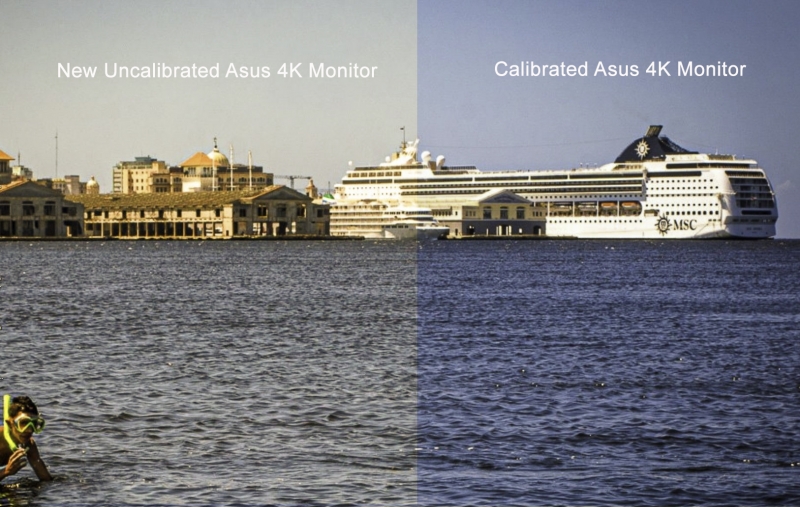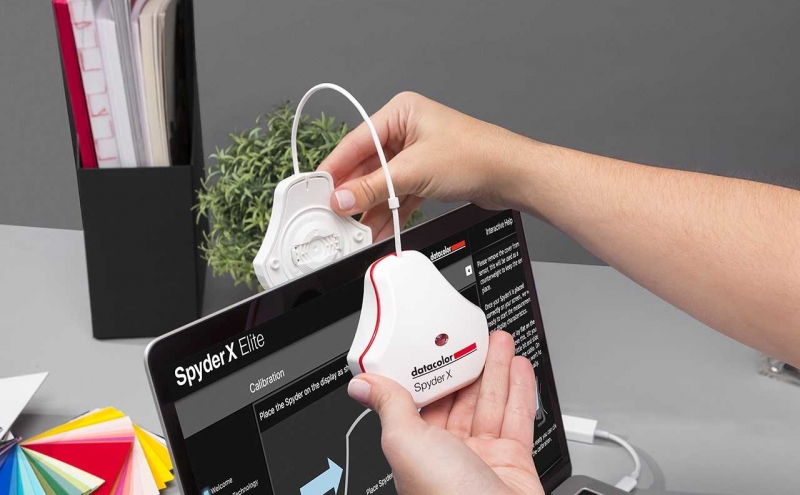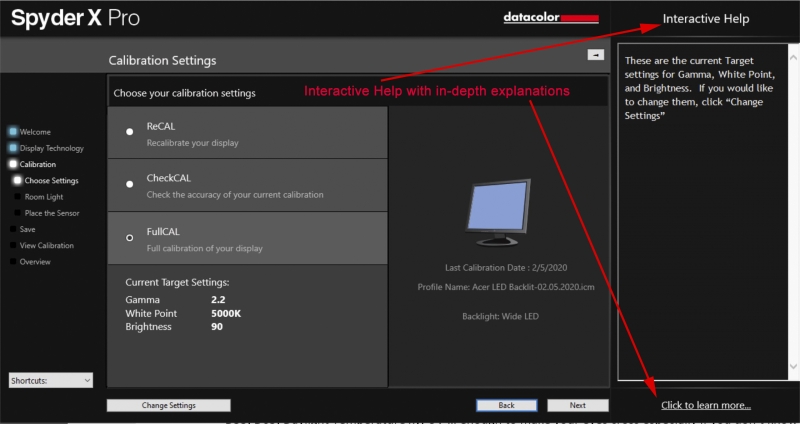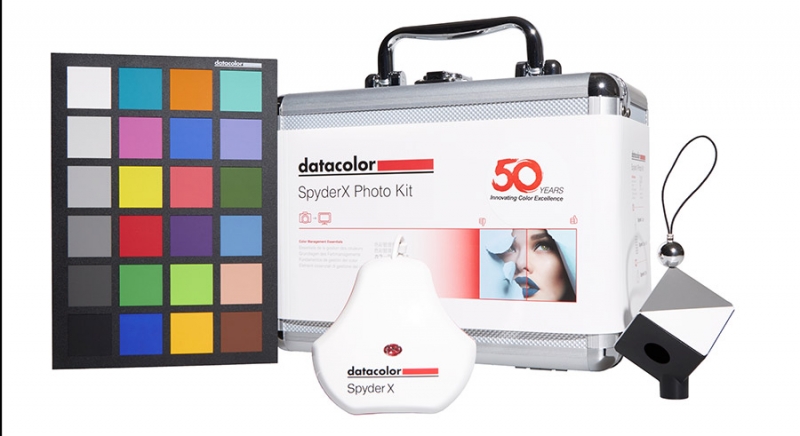Do You Really Need to Calibrate Your Monitor?
If you upload your images directly to Instagram or Facebook from your capture device, and then move on to capturing the next great image, then you don't need
6.8.2020
If you upload your images directly to Instagram or Facebook from your capture device, and then move on to capturing the next great image, then you don't need to calibrate your color monitor. But if you take your photography seriously and want to get the most out of each image, then you do.
I compared two mid-range 4K monitors, an Asus and an Acer, both fine monitors with comparable specs and price point. The Asus was brand new, delivered the day before, and the difference between the two monitors in contrast, color, and brightness was glaring. The Asus was both warmer and lower in contrast.

The difference before and after Asus monitor calibration
Not only are all monitors not calibrated to the same standards by different manufacturers, but all monitors shift in color, contrast, and brightness as they age. And while it’s true that LCD monitors don’t age or shift as rapidly as older CRT technology, it’s still important to know that the colors on your screen are accurate and consistent. That means even an LCD should be calibrated at least once every six months, though once a month is a good habit.
Calibrating your monitor is essential to produce a neutral white with no color shift. It’s also important that other colors be as accurate as possible with the ambient light conditions you’re working under.
Using an uncalibrated monitor, you might color correct a magenta shift in the sky, not realizing you have introduced a green shift that shows up on high-end mobile devices that are color managed by the device maker. Calibration will also set your white and black points. If these aren’t accurately set, what you see on your own screen as perfectly white may appear light gray on someone else’s screen or mobile device.
There are three primary objections people have to calibrating their monitor, and cost is not one of them. The price for an accurate colorimeter has fallen so low in the last few years it’s now less than a fast 128 GB SD card or a 4TB external hard drive.
The three main objections are that it takes too much time, it’s too complicated, and that the photographer works on photos in multiple environments. Datacolor, makers of color management solutions, has addressed all three of these objections.
It takes too much time
If you’ve never calibrated a monitor it will take about 20 minutes the first time. Ten of those minutes will be reading the instructions and downloading the software. After the first calibration, using the Datacolor SpyderX Pro, it will take five minutes or less to recalibrate your monitor once a month. In the December 2019 issue of Professional Photographer magazine, Stan Sholik writes that it takes him less than two minutes to recalibrate his screen using the SpyderX Pro.

It’s too complex
Datacolor has simplified its software so that it’s easy and intuitive to use. There is a Help menu associated with every item on every screen (see figure 2). If you’re not certain which choice to make, the Help menu will explain your options, and why to use one instead of the other.

There are help menus associated with every item on screen to help you make the right selections.
I never know where I’ll be working on my photos
This is where the SpyderX comes in handy. It’s small enough to fit in a jacket pocket or a laptop case. Settle down in a corner of your favorite haunt (preferably in subdued light, away from a window, and not directly beneath a fluorescent light fixture), plug in your SpyderX, and run the ReCAL program.
Save the profile with the name of the location and the date. The profile will be saved by Datacolor in a data file called Profile Chooser. Enable that profile each time you’re working in that location. Recalculate once a month.
Why the Datacolor SpyderX Pro?
I first began using the Spyder monitor calibration device in 2006. Prior to that I was struggling, like many of my associates, to deliver color correct images to clients using a combination of methods including calibrating by eye; Pantone Color Swatches; test patterns to manually adjust brightness, contrast, hue, and tint controls; and downloading print profiles from pro labs.
Improvements in monitor resolution and color gamut, 64-bit technology, and the fact that the gelatin color filters used on the Spyder4 are known to age, made me decide it was time to upgrade.
Reasons to choose the Datacolor SpyderX:
- The lens is in front of the sensor and filters. This protects both the sensors and filter, and improves reading accuracy.
- The SpyderX works with the latest display technologies.
- It recognizes different color gamuts (sRGB, DCI-P3, Adobe RGB, etc.)
- It’s more precise than previous devices with improved levels of color accuracy and shadow detail recognition.
Some of the above features are shared with the Spyder5 and the X-Rite i1 Display Studio. But the deciding factor for me was the speed of the SpyderX Pro. While I tried to calibrate my monitor once a month with the Spyder4, I often found myself avoiding the process due to the time involved. The SpyderX Pro is as fast as advertised and a huge improvement over both the Spyder4 and the Spyder5.

Datacolor is offering a special $199 price on the SpyderX Photo Kit June 8-9. See below for details.
I don’t require the advanced features of the SpyderX Elite, such as video and projector calibration. While I do use soft proofing, this is available in both Adobe Photoshop and Lightroom. The Pro has everything I need as a teacher, artist, and commercial photographer.
Using the SpyderX Pro is easy and intuitive. Several step-by-step articles and YouTube videos online offer complete instructions. But all you need to do is follow the instructions on the Datacolor screen. Monitor calibration has never been faster or easier.
To celebrate its 50th anniversary, Datacolor is launching a comprehensive imaging tool, the SpyderX Photo Kit, at a special price of $199 (retail price: $399). The kit includes SpyderX Elite, Spyder Checkr 24, and Spyder Cube. It’s available on June 8 exclusively at B&H Photo and will be available at the discounted price on June 9 on the Datacolor website as well.
LINK: https://www.bhphotovideo.com/c/product/1561085-REG/datacolor_sxpk050_spyderx_photo_kit.html
LINK: https://spyderx.datacolor.com/spyderxphotokit/
Steve Anchell is a photographer, writer, and workshop instructor.

